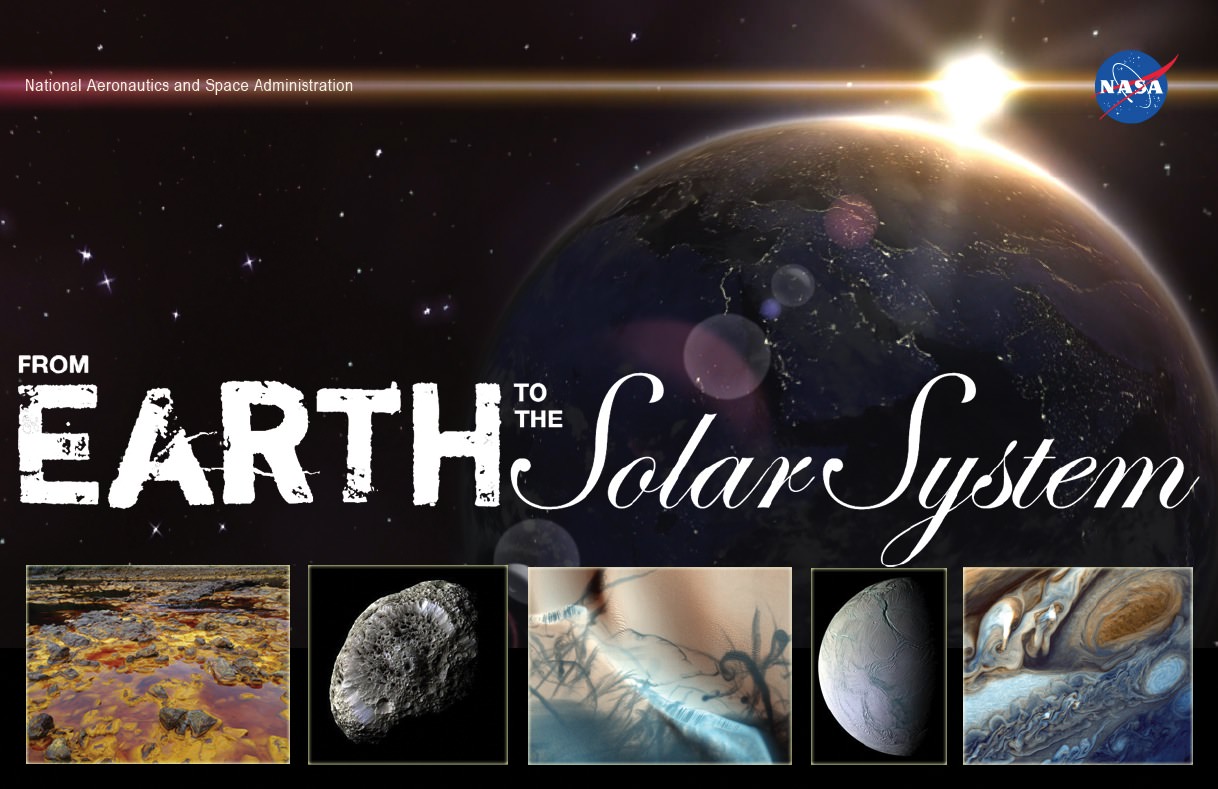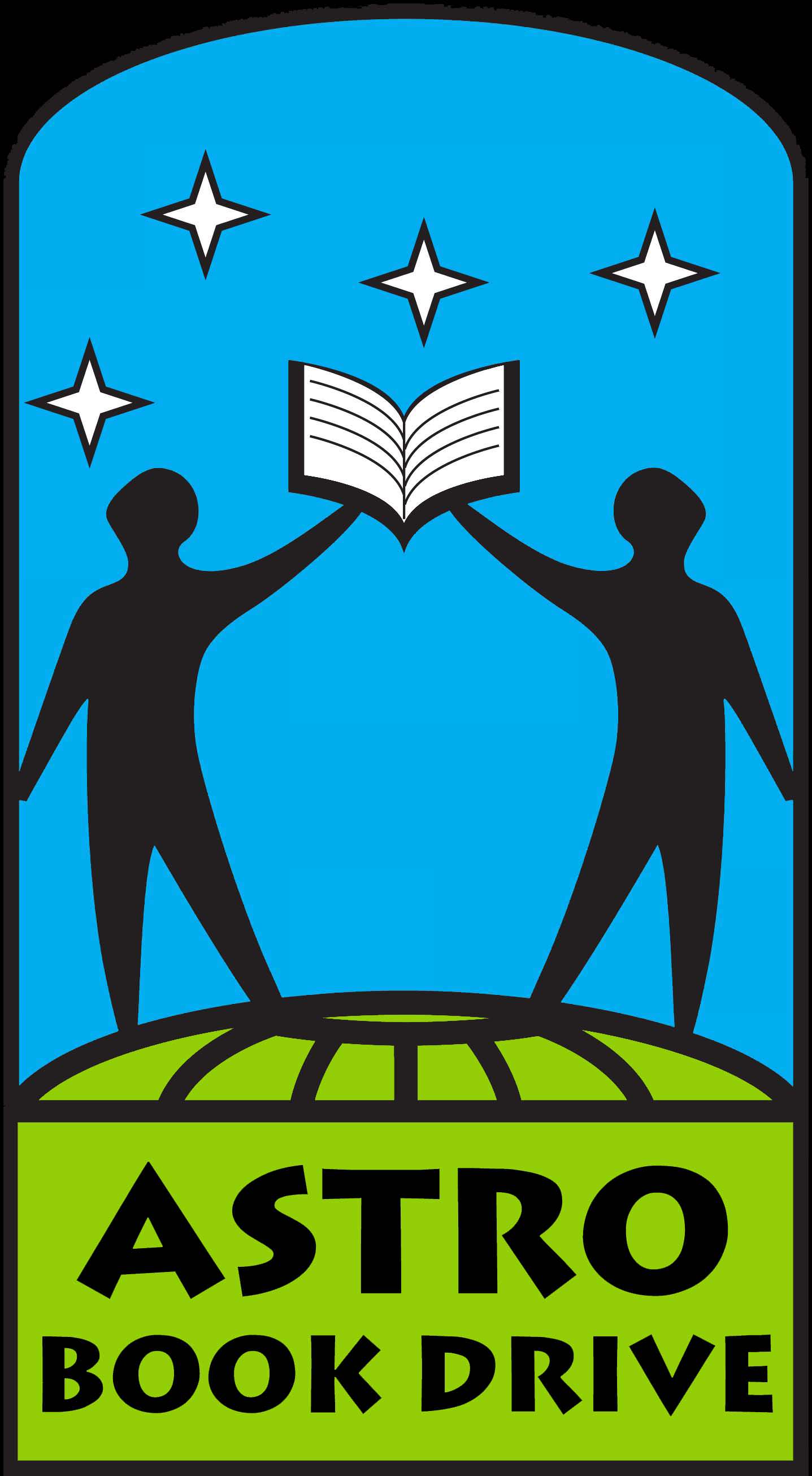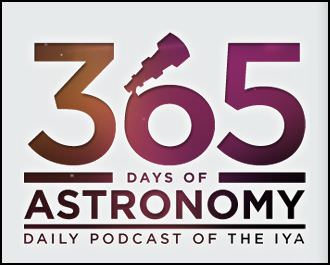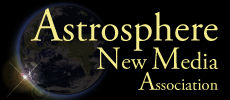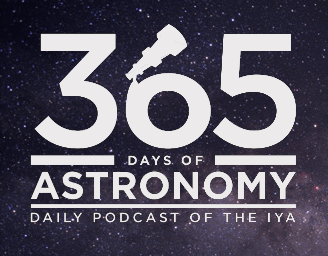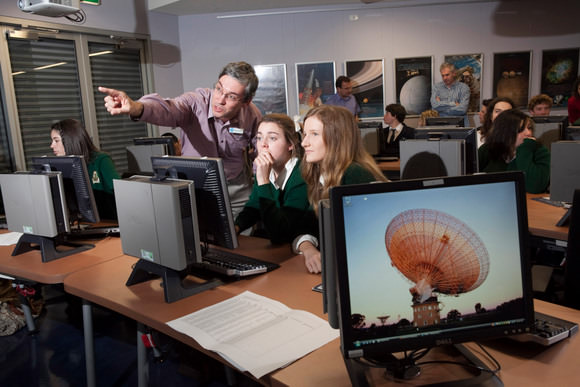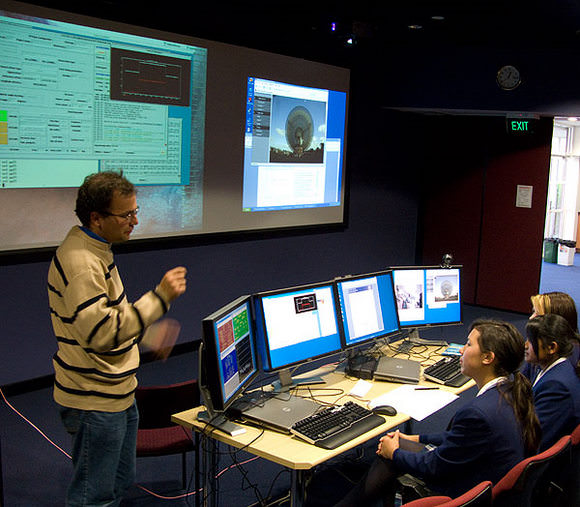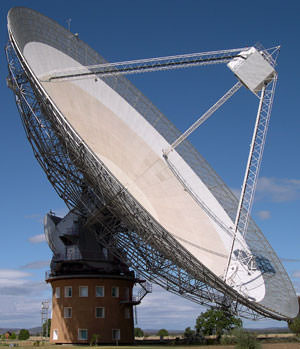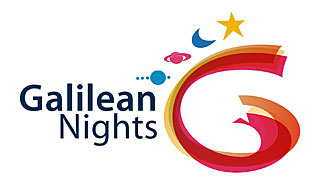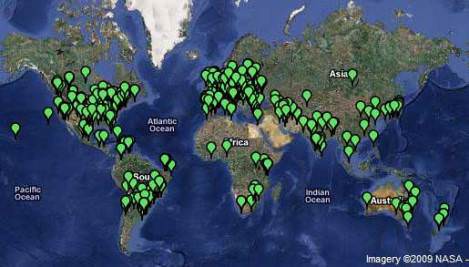As a part of NASA’s ongoing Year of the Solar System – which is actually a single Martian year long, or 23 months – the excitement of planetary exploration is being brought to people around the world through a enthusiastic science outreach program called From Earth to the Solar System (FETTSS). A continuation of the well-received International Year of Astronomy 2009 From Earth to the Universe program, FETTSS provides over 90 beautiful high-resolution images of fascinating locations around our solar system; from the ice geysers of Enceladus to the plasma arcs of solar prominences, the cold dunes of Mars to the hot springs of Yellowstone, the FETTSS collection showcases many wonders of many worlds – and helps bring them within view of as many people as possible.
The images are displayed in public locations, hosted by organizations that raise all the necessary funding to have them printed and installed. The FETTSS site exists to provide the high-resolution print images as well as offer guidance as to how to best plan, market and set up an installation.
What’s wonderful about From Earth to the Solar System – as well as its predecessor From Earth to the Universe – is how it brings the fascination of science and astronomy to people who may not have previously given it much thought. By presenting large-format images with descriptive captions in common places – such as in an airport or outside in a public park – FETTSS hosts are actively capturing the interest of viewers and engaging them in astronomy – many undoubtedly for the first time.
People around the world are being connected with the most recent work of scientists and researchers in a way that’s attractive, informative and yet accessible. This is the key to any successful outreach program.
The images are at once artistic and informative, weaving together themes in astrobiology, planetary science, and astronomy. Including contributions from backyard astronomers, large telescopes in space, and even point-and-shoot cameras of field researchers, the collection represents the current state of exploration as seen through the eyes of the scientific community.
Currently an exhibit is just wrapping up in Corpus Christi, Texas, at the Museum of Science and History and was very well-received by both people and the press! The next scheduled event will take place in June at the National Air and Space Museum in Washington, DC.

FETTSS looks to build on the success of the 2009 FETTU program.
“We are hoping to replicate some of FETTU’s success and bring a measure of sustainability to the FETTU concept. ‘From Earth to the Solar System’ is taking a similar grassroots-type of approach to exhibit creation, and will hopefully help remove the barrier to ‘seeking science out’ for some visitors and help make setting up an exhibit more efficient for organizers,” said Kimberly Kowal Arcand, Media Production Coordinator for the Harvard-Smithsonian Center for Astrophysics and FETTSS principal investigator.
“With FETTU – and what we hope to find with FETTSS – there was a wonderful response from both visitors and organizers,” said Arcand. “We found, unexpectedly, a sort of emotional and personal connection to the images in the FETTU project and I’m interested to see if we find that again with FETTSS. I was personally overwhelmed with the response to FETTU… it was the most inspiring thing I have ever worked on!”
Already, exhibitors worldwide have expressed interest in hosting FETTSS installations… from Argentina, Serbia, China, Colombia, Canada, UK, Ireland, Egypt, Spain, Armenia, as well as from numerous locations in the US – many of whom had previously hosted FETTU events.
So with such a great program and strong response, the question remains: what’s next?
“From Earth to the Sun? From Earth to the Galaxies?” suggested Arcand.
With all that’s being discovered, whatever it is it’s sure to be another success!
For more information about FETTSS or to host an FETTSS event in your area, visit the main site here.

